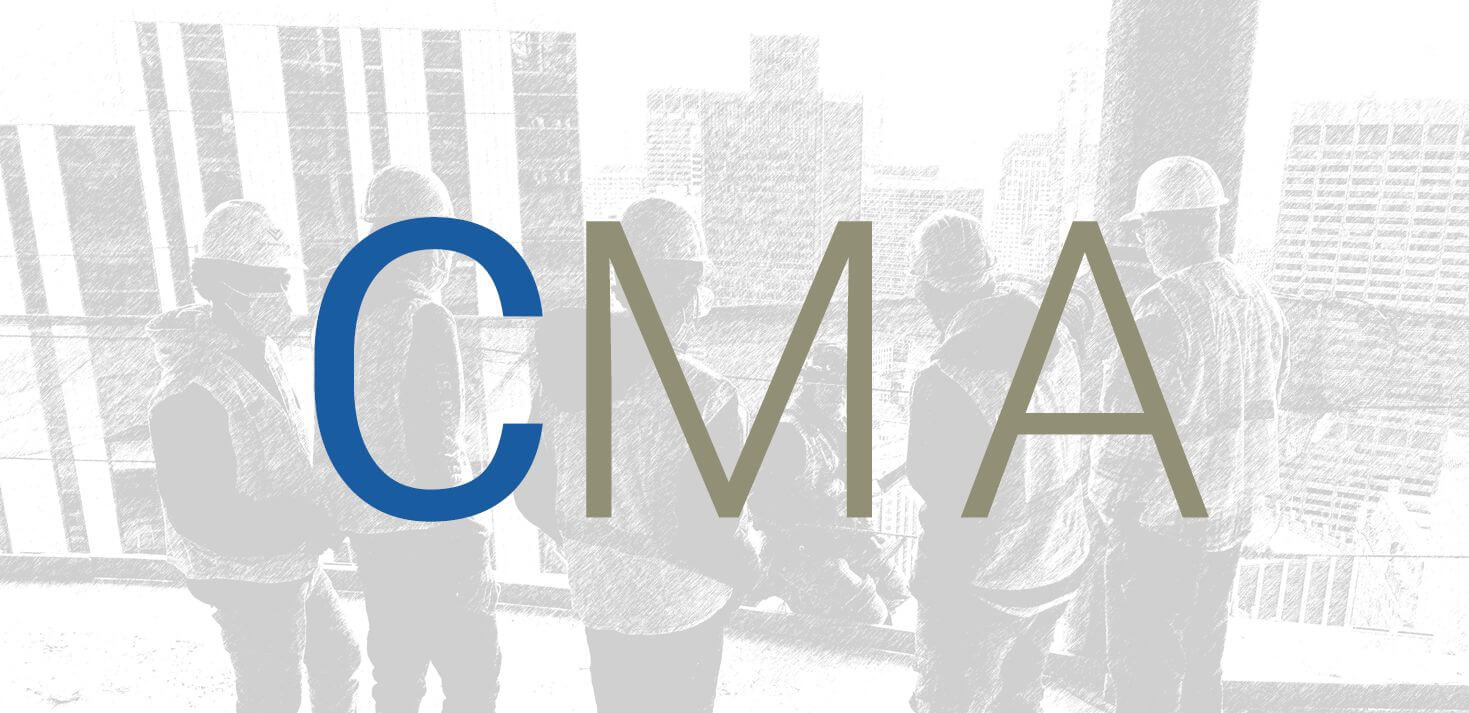As Design-Build delivery continues to gain momentum in the construction industry, contractors are forced to reevaluate the measures they take to manage risk. Many contractors are simply unaccustomed to assuming ultimate responsibility for design-related risk on a project. Many more are surprised at how challenging it can be to adequately transfer the entirety of this risk down to the appropriate design professionals. It’s not uncommon that on even the largest projects, the prime design firms are only amenable to providing a few million dollars of Professional Liability insurance and require the protection of a limitation of liability clause within their contract. In their view, the fees that they earn on a given project don’t warrant exposing themselves to unlimited or disproportionate levels of liability. While design-related claims don’t occur with great frequency, evaluating, defending, and resolving these claims can be extremely costly. So, what’s a design-build contractor to do?
Fortunately, the insurance industry has recognized this growing concern and has designed an insurance product that is specifically geared to protect the design-build contractor from assumed design-related risk. The Contractors Protective and Professional Indemnity (CPPI) policy has become a necessity for the design-build contractor. The policy provides three basic coverages:
- Professional Liability: Provides third-party coverage to the design-build contractor for claims alleging negligent acts, errors, or omissions in the performance of any professional service performed by the contractor or on their behalf by a downstream design professional.
- Protective Indemnity Coverage: Reimburses the design-build contractor for damages that they are legally entitled to recover from a downstream design professional that exceed the funds available from that design professional’s insurance program
- Rectification Coverage: Provides first-party coverage to the design-build contractor for expenses that they reasonably and necessarily incurred in order mitigate or rectify a negligent act, error, or omission that arose from professional services performed by or on behalf of the design-build contractor that would otherwise have lead to a professional liability claim.
The protective indemnity coverage trigger addresses the inequity when it comes to the availability of insurance from downstream architects and engineers. Quite simply, it provides the design-build contractor with additional protection in the event that they are held liable for damages that exceed the amount of insurance available from the responsible architect or engineers’ insurance program.
Rectification (also known as mitigation of loss) Coverage is perhaps the most innovative, yet most misunderstood concept when it comes to insuring design-related risk. The intent of rectification coverage is to address the improper design before it becomes a bigger issue and materializes into a full-blown third-party claim. What makes it truly unique within the insurance industry is that it is one of the only insurance grants that does not require bodily injury or property damage to first be sustained in order to trigger coverage. With rectification coverage, the design-build contractor has a source of recovery for funds that are utilized to immediately address critical design-related issues that arise during the course of construction. This proactive approach enables the contractor to keep the project moving forward, thereby minimizing budget and schedule impact and preserving the relationship with their owner client. The insurer would theoretically maintain the ability to pursue recovery from the negligent design professional, unless the contract between the contractor and the design professional prohibits it.
Like any other insurance policy, it’s critically important to understand the terms and conditions in the CPPI policy. Unlike workers compensation and general liability, these policies are not standardized across the industry and there are about a dozen different insurance carriers offering the coverage in some form or fashion. As you evaluate your coverage options, some key provisions to focus on include:
In closing, the CPPI product has become a valuable and often necessary tool to help manage the risks on a design-build project. As projects have become larger and more complex, it has become increasingly common that claims trigger both general liability and professional liability coverages which further necessitates a comprehensive insurance strategy. When evaluating coverage options, look beyond the price and carefully consider the various nuances of these policies. Work with your trusted insurance advisor to find the best combination of cost, coverage, and claims response capabilities.
Case Study:
A design-build contractor is awarded a contract to build a new commercial grade, mixed-use building in a downtown urban setting. During the course of construction, a recently installed window pops out and falls to the street below. Fortunately, the window falls onto the sidewalk and no further damage or injury is sustained.
After review, it is determined that the architect underspecified the window cladding across the entire structure. If left untreated, it would present significant exposure for bodily injury to pedestrians as well as property damage to nearby buildings. With rectification coverage, the design-build contractor can be indemnified for the costs associated with rectifying the design error across the entire project.
About the Author:
Andy O’Brien, Partner, Construction Risk Partners
Andy has over 17 years of industry experience as an underwriter, broker, and trusted advisor to owners, developers, general contractors, and subcontractors and is particularly skilled at developing creative solutions that address the unique risks associated with large scale construction projects.



